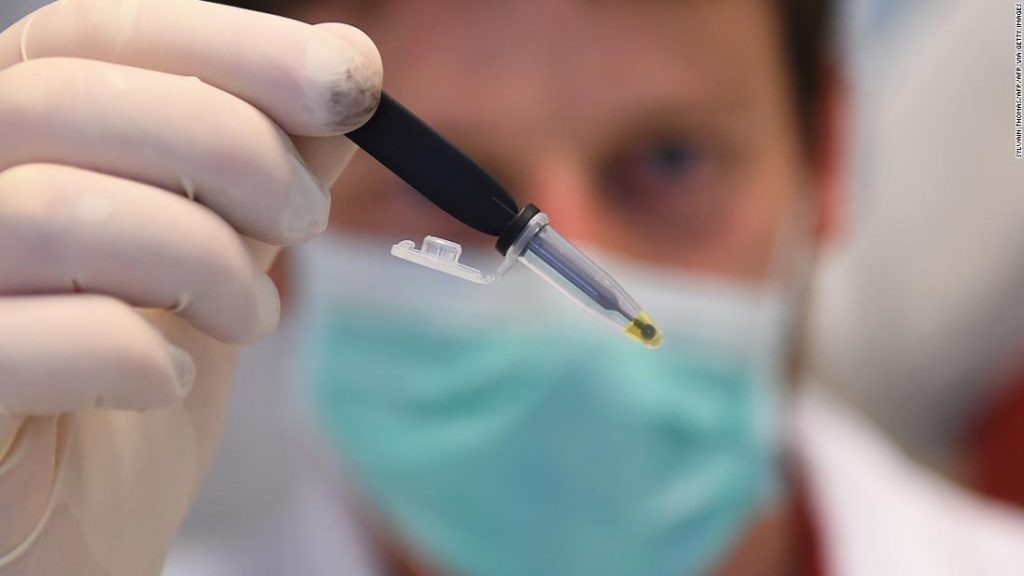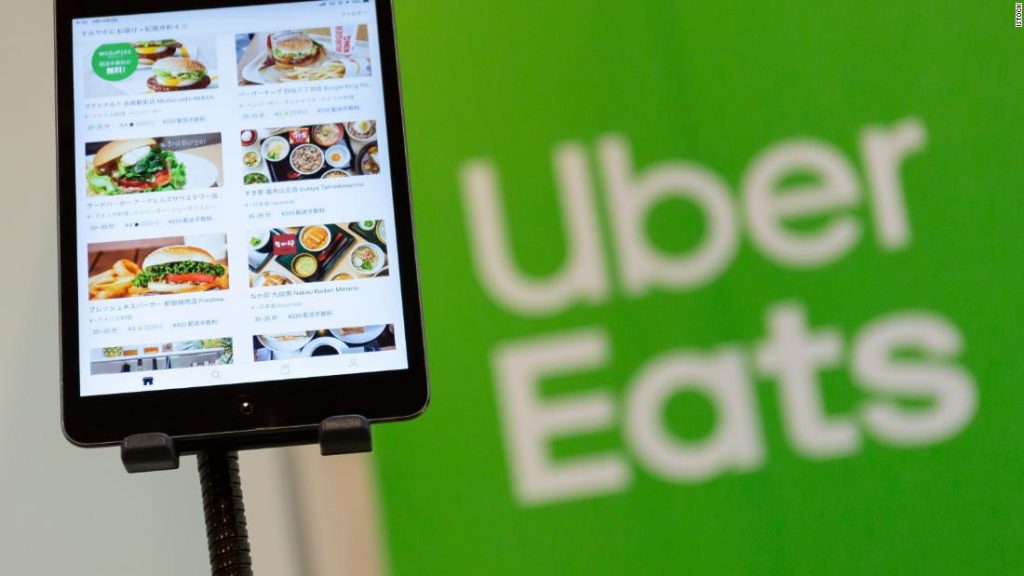Senior Living Blog
Why are telehealth companies treating healthcare like the gig economy?
Telehealth has taken off. Spurred by the pandemic, many doctors in the U.S. now offer online appointments, and many patients are familiar with getting live medical advice over the internet. Given the obvious benefits, many experts have concluded that telehealth is here to stay. “It’s taken this crisis to push us to a new frontier,” […]
December 2, 2020

The world’s now scrambling for dry ice. It’s just one headache in getting coronavirus vaccines where they need to go
Vaccines like to be kept cool, none more so than the Pfizer candidate for Covid-19, which has to be deep-frozen. And that’s going to be an issue for developing countries — and for rural areas in the developed world. The “cold rain” is just one of the challenges in distributing vaccines worldwide. There are […]
November 25, 2020

Missourians faced a health care gap, so they took matters into their own hands
Missourians faced a health care gap, so they took matters into their own hands Organizing for Medicaid expansion Missourians mobilized by the thousands to get Medicaid expansion on the ballot this year, a move that will impact 230,000 low-income residents in the “coverage gap.” For almost a decade, advocates in Missouri have been lobbying their […]
November 17, 2020

Medicare finalizing coverage policy for coronavirus vaccine
Medicare finalizing coverage policy for coronavirus vaccine A senior Trump administration official says Medicare will cover the yet-to-be approved coronavirus vaccine free for older people under a policy change expected to be announced soon Medicare will cover the yet-to-be approved coronavirus vaccine free for older people under a policy change expected to be announced shortly, […]
November 16, 2020

Trump administration set to announce Medicare and Medicaid will cover Covid vaccine
Trump administration set to announce Medicare and Medicaid will cover Covid vaccine The Trump administration is set to announce as early as this week that Medicare and Medicaid will cover out-of-pocket costs for a potential coronavirus vaccine that is granted emergency use authorization, according to a person familiar with the matter. Coming days before the […]
November 16, 2020

Inaccurate Census count could affect $1.5 trillion in federal funding
A census taker knocks on the door of a residence in August in Winter Park, Fla. Census workers visited households that hadn’t yet responded to the 2020 census. The consequences of an inaccurate census Highway construction. Food stamps. Rural education. Medicare. The federal government relies on data derived from the decennial census to distribute roughly […]
November 9, 2020

What you need to know about at-home Covid-19 tests
Is Covid testing on your shopping list? Costco, a popular wholesale store with locations across the US, has announced that it will sell a direct-to-consumer diagnostic test for Covid-19, joining a growing list of retailers providing diagnostic tests. Kent Sepkowitz writes that even though at-home Covid-19 tests will now be available at a number of […]
November 9, 2020

Uber Launches Medicine Delivery Service in South Africa
Uber launches medicines delivery service in South Africa Uber Eats’ South African unit on Thursday expanded delivery offerings, launching an app-based over-the-counter medicines service as it seeks to claw market share in the fast-growing online shopping sector in Africa’s most industrialized economy. Uber Eats, a unit of U.S. ride-hailing service Uber Technologies already has a […]
November 6, 2020

Medicare Website Can Help In Choosing A Nursing Home
When you hear about Medicare, you probably think of the federal program that helps pay for older adults’ health care. What you may not realize is that another of Medicare’s major responsibilities is to inspect health care facilities to make sure that patients receive safe and high-quality care. Among those facilities are the nation’s more […]
March 5, 2019

CMS Projects Health Costs To Rise Over Next Decade
National health expenditure growth is expected to average 5.5 percent annually from 2018-2027, reaching nearly $6.0 trillion by 2027, according to a report published today by the independent Office of the Actuary at the Centers for Medicare & Medicaid Services (CMS).
March 4, 2019
